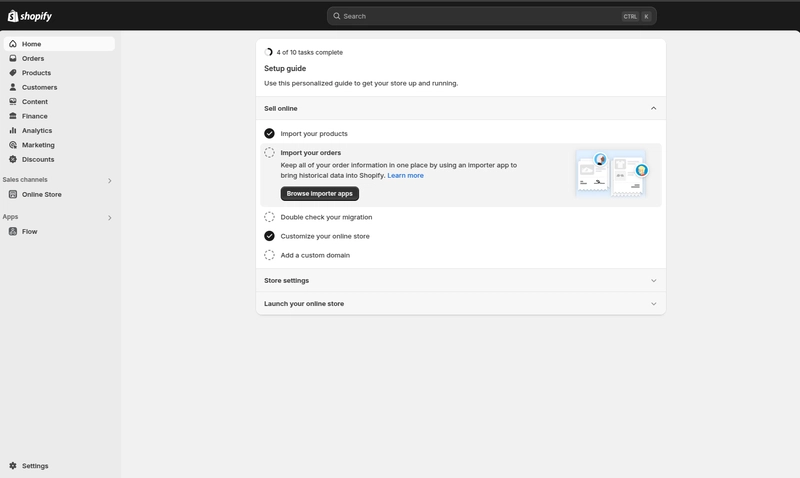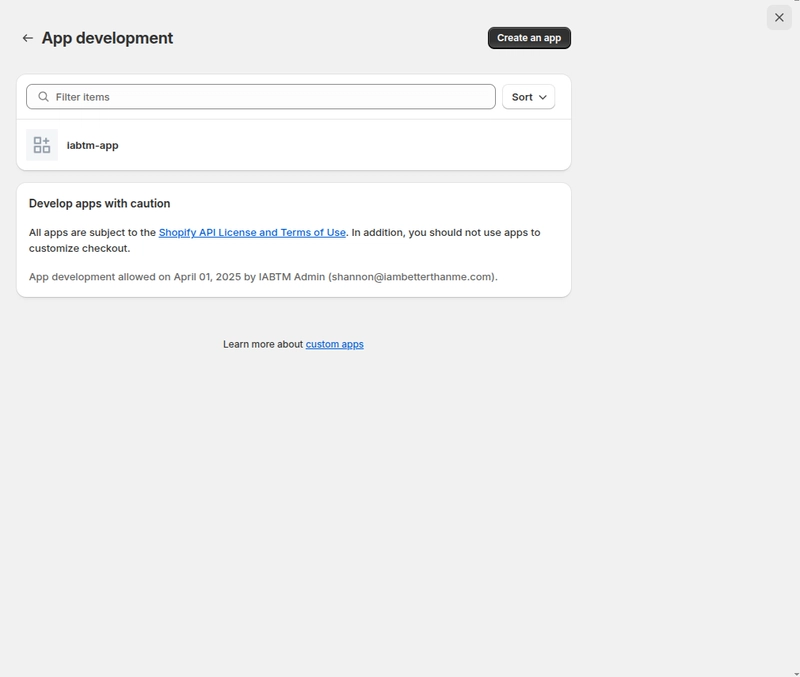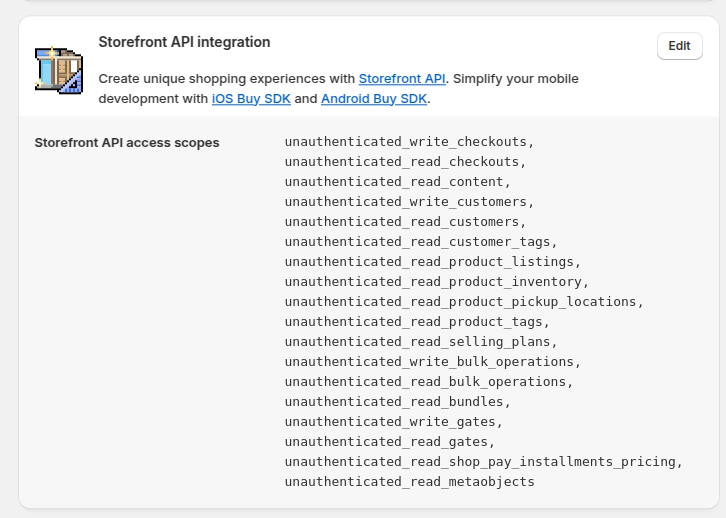This content originally appeared on DEV Community and was authored by Mukul Rana
You wanna use e-commerce features in your application and don’t wanna write the backend logic from scratch? Shopify’s got your back.
With Shopify, you can integrate full-fledged e-commerce functionality into your React or Next.js app without reinventing the wheel.
It simplifies the way you manage products, carts, checkouts, and orders — just like the big players: Amazon, Flipkart, and more. Shopify gives you control over both the frontend and backend (via APIs), so you can build a customized shopping experience the way you want.
 Why Use Shopify in Your Web App?
Why Use Shopify in Your Web App?
- No need to build your own e-commerce backend from scratch
- Secure & scalable infrastructure
- Fast to set up and test (even with a development store)
- Custom UI possible with React/Next.js
- Smooth checkout with Shopify-hosted payment gateway
 Different Use Cases for Using Shopify
Different Use Cases for Using Shopify
1. Storefront API
Use this when you’re building a custom frontend (React/Next.js) and want full control over what the users see and interact with.
With Storefront API, you can:
- Fetch products and collections
- Create carts and manage checkout
- Handle customer authentication and order history (with some setup)
2. Admin API
This is for backend admin-level access like:
- Managing products, inventory, or orders
- Creating discount codes or webhooks
- Performing store-level operations
 How to Start — Step-by-Step
How to Start — Step-by-Step
1. Create a Shopify Development Store
- Go to Shopify Admin Dashboard and create the account.
- Create a dev store (no billing)
- This store will be your testing ground
2. Create a Custom App in Shopify Admin
- Inside your store, go to Apps and Sales Channel → Develop App → Create App
- Fill the basic fields (name, email), then go to the Configuration tab
- Enable Storefront API access
-
Add necessary scopes like:
unauthenticated_read_product_listingsunauthenticated_write_checkouts-
unauthenticated_read_customers, etc.
Go to the API credentials tab → copy tokens and save them to your
.envfileInstall the app to the store (don’t skip this!)
 What About Cart, Checkout & Payment?
What About Cart, Checkout & Payment?
Here’s the flow:
- User clicks Buy Now
- You create a checkout via API
- Add selected product(s) to the checkout
- Redirect the user to
checkout.webUrl(Shopify-hosted payment page)
Super smooth!
 Helpful Links
Helpful Links
 Conclusion
Conclusion
If you’re building an e-commerce web app and don’t wanna spend time on backend logic or payment systems — Shopify Storefront API is  .
.
It gives you flexibility, security, and scalability without sacrificing customization.
You get the best of both worlds: custom frontend + ready-made e-commerce backend.
Happy Coding!  Feel free to connect or drop questions in the comments.
Feel free to connect or drop questions in the comments.
This content originally appeared on DEV Community and was authored by Mukul Rana




 Shopify Storefront API Docs
Shopify Storefront API Docs Shopify Admin API Docs
Shopify Admin API Docs Shopify GraphQL Explorer
Shopify GraphQL Explorer